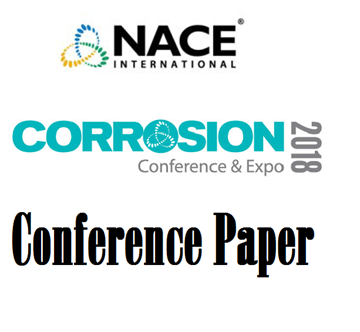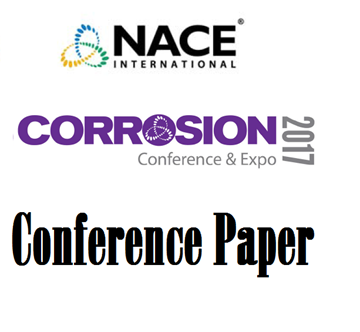Search
Products tagged with 'retrofit'
View as
Sort by
Display
per page
51318-11202-Costs and Benefits of Systematic Corrosion Control for a Major Municipality
Product Number:
51318-11202-SG
Publication Date:
2018
$20.00
Life Extension of Offshore Field in The Santa Barbara Channel 2: Multi-Objective Optimization of Retrofit ICCP Anode Sled Placement Using Calibrated 3D Simulations
Product Number:
51323-19382-SG
Publication Date:
2023
$20.00
Retrofit Strategy Using Aluminium Anodes for the Internal Sections of Windturbine Monopiles
Product Number:
51317--8955-SG
ISBN:
8955 2017 CP
Publication Date:
2017
$20.00



